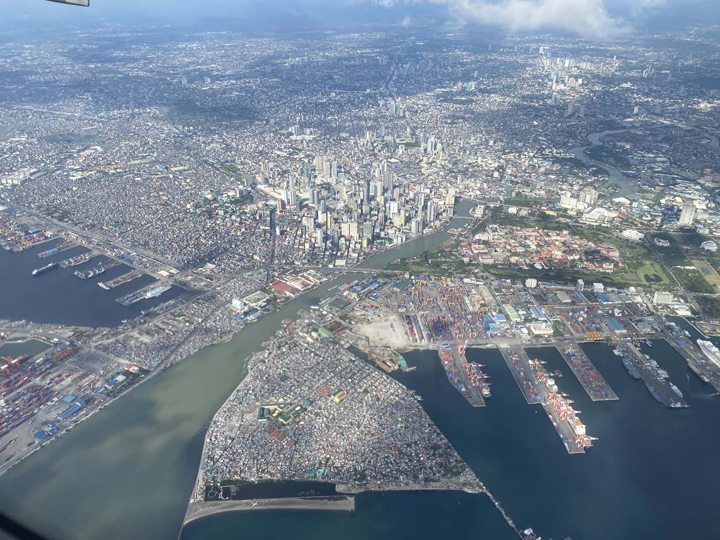
AS the effectivity of the modified enhanced community quarantine (MECQ) in the National Capital Region (NCR) Plus bubble is about to expire by end-April, the OCTA Research Group believes that it’s not the right time to ease the lockdown in Metro Manila and nearby provinces as the Covid-19 pandemic situation remains unstable.
According to OCTA Research fellow Fr. Nicanor Austriaco, the decreasing number of active new cases must be sustained and the healthcare capacity needs to be improved in order to downgrade the current quarantine status in Metro Manila and nearby provinces.
“This will take careful planning with the length of the MECQ,” he told reporters at a recent online multisectoral discussion conducted by the Cardinal Santos Medical Center (CSMC). “[So] we urge the national government, as one possible benchmark for changing quarantine levels, is not to exit the MECQ until at least the R [reproduction number] is less than 0.9 in a sustained manner.”
Based on data from OCTA Research, the R, which pertains to the number of people that a single Covid-19 patient can infect, has decreased to less than 1 in NCR. From 1.30 in the first week of this month (April 2 to 8), it went down to 1.17 the following week (April 9 to 15), and then continued to decline to 0.98 in the third week (April 16 to 22).
“This is a very good news, in fact, for the National Capital Region. It shows that we have made significant gains over the past three weeks,” pointed out OCTA Research fellow Dr. Guido David. “Now, what we hope to do is to sustain this range. Of course, this reproduction number is still unstable at the moment. What that means is it could still increase.”
Even if the current reproduction number is below 1 or exactly at 0.9, the UP research group predicted that hospital bed occupancy will not go down to pre-surge numbers.
Citing figures from the Department of Health, OCTA Research said that 43 hospitals and infirmaries in Metro Manila were still at full capacity, while 59 were above critical risk as of April 24. “So at the moment it’s below 1. We are hoping that it will go to at least 0.8. This will decongest our hospitals by the end of May [or at] the beginning of June,” Austriaco said.
“While that’s happening, we could, in the short term, expand capacity of our hospitals, especially the hiring of nurses so that those hospitals that are now congested can be relieved of some of the stresses,” added OCTA Research fellow Ranjit Rye.
Seeing that several local government units (LGUs) still have not stabilized the decline in the number of new cases in their jurisdictions, the group raised the concern that a premature return to general community quarantine or GCQ would result to resurgence of the virulent disease in some LGUs and then would overflow into neighboring cities or municipalities.
“[There’s] always [a] possibility that as some of the LGUs recover, there will be an outbreak in one LGU that will spill over to the adjacent LGUs. So we are looking for consistent pattern of decrease throughout all the 17 LGUs [in the NCR] for a significant period of time before we know we have successfully pass through the surge,” explained Austriaco.
To prevent a resurgence, OCTA Research recommends an extension of the MECQ to one more week to keep on knocking down the reproduction number to decongest the hospitals at a fast pace. Per the group’s estimate, the number of Metro Manila’s new daily cases, averaging at about 3,500, should be around 2,688 or less to avoid overwhelming the hospital system.
An additional week of MECQ status in the NCR Plus bubble, it said, would give the national government more time to enhance its contact tracing capacity and finish the construction of new quarantine and isolation facilities.
Read full article on BusinessMirror

